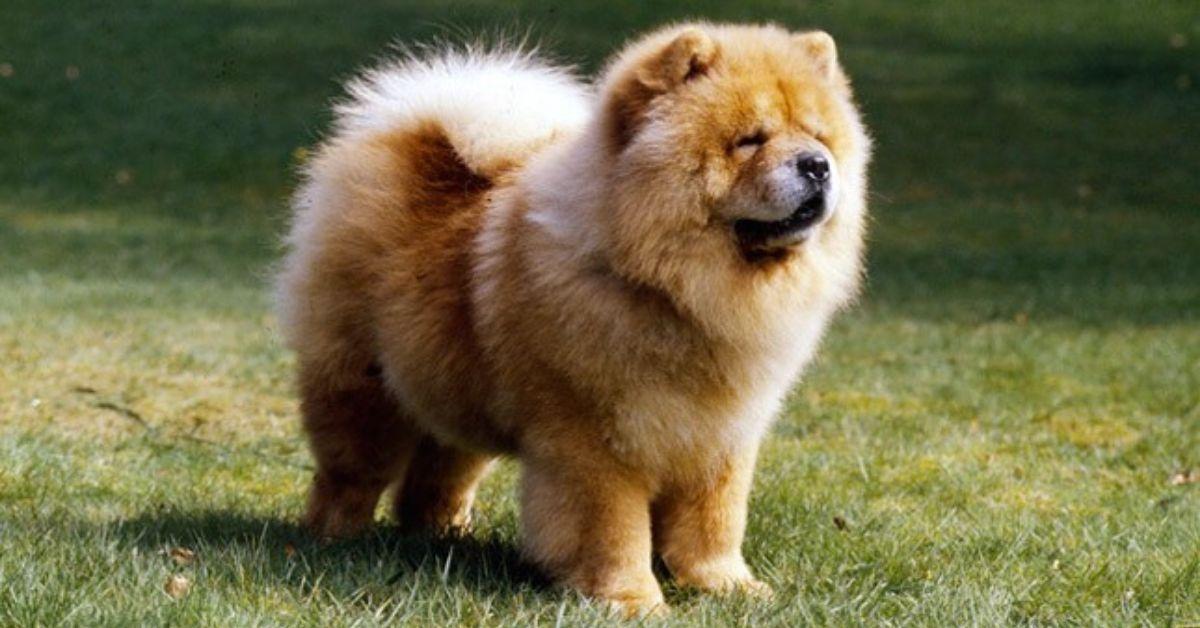It’s a piece of advice we’ve recently been hearing almost hourly: Wash your hands with soap and running water for 20 seconds to stop the spread of the coronavirus known as SARS-CoV-2 (and the disease it causes, COVID-19). Still, some have trouble following this relatively simple tip, perhaps because the reasons behind the specificity aren’t that clear: Why must there be soap? Why 20 seconds? And can we just use hand sanitizers instead? Fortunately, the answers to those are straightforward and, despite being rooted in advanced science, are still simple to understand.
What soap does to coronaviruses
Coronaviruses are RNA (ribonucleic acid) viruses named after the “crown” of spike proteins on each particle’s protective lipid (fatty) coat. These coronavirus nanoparticles are self-assembled RNA, proteins, and lipids; the fatty coating protects the particle, helping it spread while keeping it together. While this bond isn’t quite impenetrable, it’s still too strong and sticky for water alone to break.
Adding soap to the mix changes everything, though. Soap contains chemical compounds called amphiphiles, which are similar in structure to the virus’s lipids. They “compete” with the lipids, dissolving the fatty shields and breaking the bonds. Additionally, soap causes contaminants and pathogens (like the virus) to detach from the skin’s surface, allowing them to easily be washed away. This “one-two punch” is why soap is so effective against coronaviruses. And no, it doesn’t have to be the antibacterial kind—plain soap will do.
So, why 20 seconds? Admittedly, it’s a mix of existing evidence and common sense. There isn’t much data on the impact of different handwashing times, but what we do know points to 20 seconds as the optimal time for you to cover the entire surface area of your hands, including the spaces between your fingers and under your nails. Basically, 20 seconds marks that sweet spot between “too short” (which can still leave traces behind) and “too long” (which can irritate the skin).
Proper hand-washing guidelines
The steps to proper hand-washing are simple: Wet your hands, scrub them thoroughly with soap for 20 seconds, rinse with running water (not with a basin of standing water—you might just recontaminate your hands), and dry them using a clean cloth or by waving them in the air. Warm water does help make the most out of soap’s lathering effect, but lukewarm or cold water should do just fine.
Tempted to just stick to hand sanitizers or alcohol? Not a good idea: While the antibacterial agents in them can disinfect the pathogens on your hands, they don’t really disrupt the virus structures like soap can. They’re basically pricier versions of soap and water, and they’re not even as effective.
Finally, consider this: If you had time to read up to this point, you can certainly take 20 seconds to wash your hands properly. During times like these, a third of a minute can save—or cost—lives.
Still remember your 5th-grade science classes? Test your knowledge and see if you still remember these facts and fundamental concepts in human anatomy, biology, botany, and other branches of science. Click here to try the “Are You Smarter Than A Pinoy Fifth-Grader” Challenge.
Follow the hashtag #FlipFacts on Facebook and Instagram to get your daily dose of science trivia!
Cover photo: Burst/Pexels
References
- https://globalhandwashing.org/about-handwashing/faqs/
- https://www.cdc.gov/handwashing/show-me-the-science-handwashing.html
- https://www.newsweek.com/this-why-soap-so-effective-stopping-spread-coronavirus-1491203
- https://www.oie.int/en/scientific-expertise/specific-information-and-recommendations/questions-and-answers-on-2019novel-coronavirus/
- https://www.popsci.com/story/health/hand-sanitizer-soap-coronavirus/
- https://slate.com/human-interest/2020/02/handwashing-20-seconds-best-practices-advice.html
- https://twitter.com/PalliThordarson/status/1236549305189597189
Author: Mikael Angelo Francisco
Bitten by the science writing bug, Mikael has years of writing and editorial experience under his belt. As the editor-in-chief of FlipScience, Mikael has sworn to help make science more fun and interesting for geeky readers and casual audiences alike.







